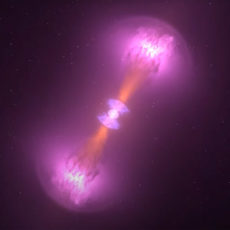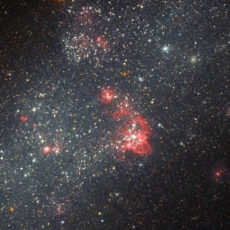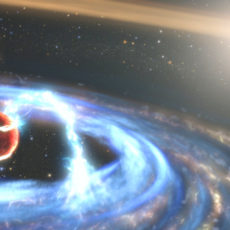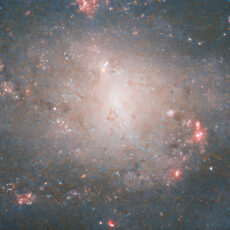 NASA/ESA Hubble Space Telescope, appears serene at first glance, but this galaxy, located 92 million light-years away in the constellation Leo, has a history marked by chaos and transformation.
NASA/ESA Hubble Space Telescope, appears serene at first glance, but this galaxy, located 92 million light-years away in the constellation Leo, has a history marked by chaos and transformation.

As a barred spiral galaxy, IC 578 sports bright, stretched-out bar of stars slicing through its core, a feature that sets it apart and shows up in about 60% of spiral galaxies. Hubble’s image lays it all bare, with IC 578’s spiral arms swirling out, speckled with pink star-forming zones and laced with dark dust lanes, stretching across its 60,000-light-year span, about half the size of our Milky Way.
Sale
LEGO Icons NASA Space Shuttle Discovery 10283 Model Building Set - Spaceship Collection with Hubble...
- LEGO NASA Space Set - This adult LEGO set features the Space Shuttle Discovery and the Hubble Space Telescope from NASA’s 1990 STS-31 mission,...
- Solar System Exploration - Unlock the mysteries of our solar system with this engaging 2,354-piece project, packed with authentic details and...
- Shuttle Features Galore - The space shuttle model has an opening payload bay, retractable landing gear, opening cockpit, moving elevons, space arm,...
Astronomers pin its cataclysmic past on its rowdy history of tussling with nearby galaxies. Those gravitational wrestling matches likely twisted its spiral arms and sparked bursts of star creation. “The elongated arms of galaxies like IC 578 often result from gravitational interactions within clusters,” notes an ESA statement on similar galaxies. Those ancient brawls left their mark—think of the bright pink star nurseries in Hubble’s shot as battle scars where gas clouds got squashed, birthing new stars.
The bar at IC 578’s heart tells another tale of its restless nature. Unlike the galaxy’s sweeping arms, the bar is a fleeting structure, born when stars and gas sync up in neat orbits. But those orbits can wobble and fall apart, making the bar vanish or reshape over time. “Bars are somewhat mysterious,” the ESA explains in its description of NGC 4731, a similar barred spiral. “They form as galaxies mature, but can also fade as mass accumulates and grows unstable.” In IC 578, the bar works like a cosmic pipeline, funneling material to the core to ignite star formation, keeping the galaxy in a constant state of flux.
Hubble’s ability to capture IC 578 in such vivid detail comes from its perch above Earth’s atmosphere, which muddies ground-based views. With its Wide Field Camera 3, Hubble peers across ultraviolet, optical, and infrared wavelengths. The resulting composite image is so rich you can almost feel the glow of star clusters and the shadows of dust bands. “Hubble’s cameras, like the Wide Field Camera 3, let us see the universe in ways our eyes never could,” says astronomer David Thilker, whose work on barred spirals like NGC 4731 sheds light on IC 578.
IC 578 isn’t just a snapshot of the past—it’s part of a sprawling cosmic neighborhood in Leo, buzzing with other galaxies. Sitting 92 million light-years away, the light we’re seeing now left IC 578 back when dinosaurs were stomping around Earth, turning Hubble into a cosmic time machine. But with its active star formation and ongoing gravitational tango with neighbors, IC 578’s still evolving, still scribbling its story across the stars.
















